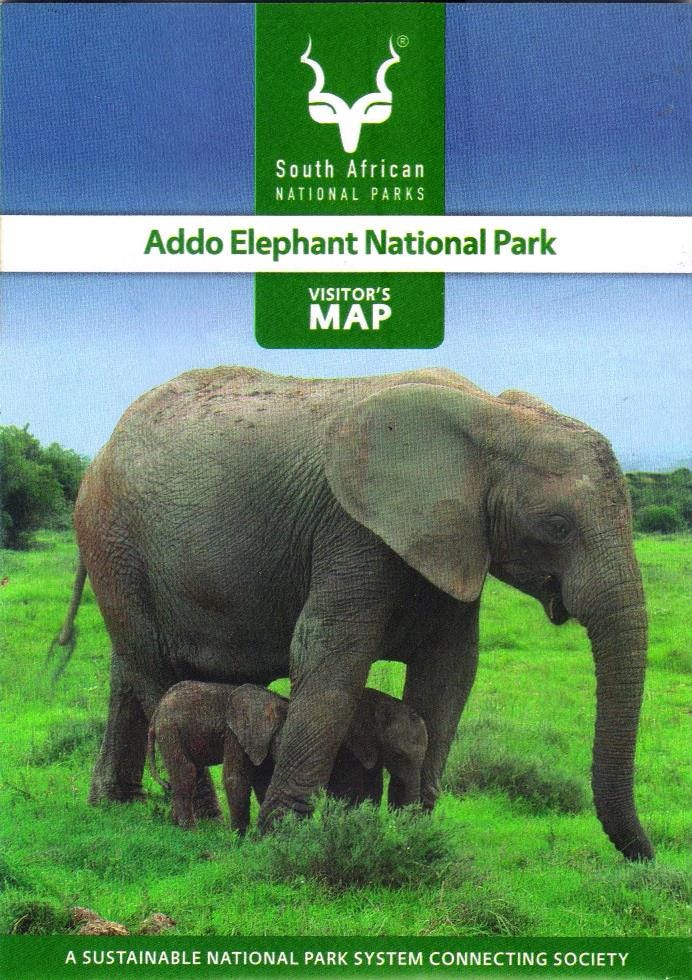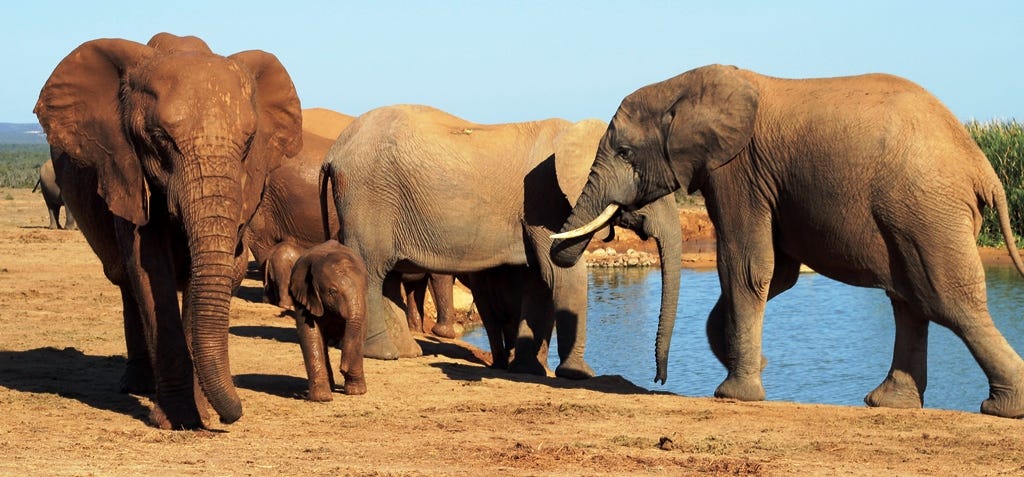The Western Cape High Court has temporarily blocked the trophy hunting of black rhinos, leopards and elephants in South Africa. It suspended an earlier decision by Environment Minister, Barbara Creecy to issue quotas to hunt and export these animals in 2022.
In February, Creecy announced that her department would defer quotas that originally applied to last year. She said that trophy hunters would be allowed to kill a total of 10 leopards, 10 black rhino, and 150 elephants in 2022.
An animal conservation NGO, the Humane Society International (HSI), filed an interdict to stop the Department from issuing trophy hunting quotas.
The court upheld the HSI’s application for two reasons:
1. The Environment Department had no legal basis to roll over quotas from 2021 into 2022.
2. It had not complied with regulations requiring public participation hearings.
There are a number of conditions that come with quotas to hunt each animal species. The Environment Department claims that these conditions are devised to minimise the impact of hunting on the species’ populations.
For example, hunters may only target male leopards over seven years old. At that age they are unlikely to affect the overall population of the big cat because by the time a male leopard reaches seven, he has probably lost mating rights with females to a younger more robust male.
There is a similar argument for hunting black rhinos. Only adult males may be hunted, and only on conservation management grounds. The department states that the quota for black rhino is based on the national population estimates for the subspecies, which is showing an increasing trend at present.
The HSI answers that black rhinos should be protected because the species is listed as critically endangered on the International Union for Conservation of Nature (IUCN) Red List of Threatened Species.
The current situation for elephants is different. Many parks in the country have already surpassed their carrying capacity for elephants and don’t know how to cope with the excess populations.
The Department says that, “the national elephant herd shows an increasing trend and the quota of 150 is well within sustainable limits”.
Some conservationists argue that it makes good business sense to allow hunters to come in and kill animals that we don’t know what to do with anyway. Profits gained from trophy hunters can then be used for conservation purposes.
Managing wildlife populations in a game reserve is trickier than it might appear. Populations do not self-regulate as they might have done hundreds of years ago. Humans have put up fences and animals cannot simply migrate when it suits them. For example, if there are too many lions, they will bring down the population of buffalo that cannot escape. This can have serious economic consequences.
In the Eastern Cape, buffalo are free of foot-and-mouth disease, which makes them particularly valuable. You understand that lions have expensive dining tastes – more than most reserves can afford.
Tying conservation goals to cost benefit criteria is, shall we say, distasteful to those who want to save species for future generations, but real world pragmatism means that game reserves have to pay for themselves.
If reserves are profitable and provide jobs in a country where unemployment has hit 35%, conservation arguments can be more palatable. Following this line of thinking, the Environment Department says that, “Income generated by trophy hunting is especially critical for marginalised and impoverished rural communities”. In my view this assertion is debatable.
Audrey Delsink, wildlife director for HSI/Africa explains, “The claim that trophy hunting contributes to conservation cannot be justified in light of the evidence demonstrating that one-third of South Africa’s hunting trophies are captive bred animals, and most are non-native or species not subject to science-based population management”.
Stay in your car - is that so hard?
When you register at a gate of a SANParks national park, you are given a foldout map listing the routes you may take, the animals you may see and rules about what you may and may not do.

The list of regulations is reinforced by noticeboards at gates, camps and picnic spots. You cannot miss them or legitimately claim ignorance about them.
Regulations are there to protect visitors, staff, wildlife and the environment. They are reasonable and should be adhered to all the time.
Most people respect most regulations most of the time. However, people are not always reasonable and all too often do not respect the rules.
Top of the Addo Elephant Park (AEP) list states “WARNING: You may not climb out nor hang out of your vehicle in the game viewing area”. It’s very clear and easy to understand.
The reasons for this rule are also very simple. If you hang out your car, or go for a quick walk, you could get mauled by a hyena, attacked by a lion or squashed by an elephant. There are even some antelope, that if feeling threatened, could charge and pierce a human body with their horns. It’s dangerous out there.
Visitors should also stay in their vehicles so as not to disturb animals that are not used to seeing people jumping out of their cars and slamming doors. Most wild animals are nervous, especially when they see humans.
Finally, having people climbing out their cars is distracting and potentially disturbing for other visitors who are attempting to enjoy a wildlife experience without unruly individuals wandering around.
Park management is not always clear about penalties that could be applied to those who break the rules. Potentially a person could be fined or banished from the park for a certain amount of time.
At Main Camp in AEP, a notice board carries photographs of people who have violated the “don’t get out of your car” rule. Perhaps the idea is to name-and-shame the violators. The problem is that I have seen the same photographs stuck on the board for several years. There is no need to keep the same old pictures – people break the rules every day.
Management requests that concerned visitors who see someone breaking the rules should either phone the ranger on duty or email the conservation officer.
If the report is made quickly, it should be very easy to catch someone who has broken the rules because there are only two gates to the Main Section. You are encouraged to take photographs, making sure to get the vehicle’s number plate, and then sending them off as soon as possible.
Personally, I have reported violations to management three times and never received an acknowledgement of receipt until I made a few follow up calls. In all the cases, I found out that no action was taken.
This is incredibly frustrating because like many other Addo Addicts, I find it very upsetting when visitors – usually car-loads of rowdy young adults – treat the park as if it were some kind of amusement ground.
The type of individuals who believe that rules are only made for other people are invariably rude and obnoxious when reminded to get back in their vehicles. Park management does not seem to care about this.
As the behaviour of visitors at national parks is getting progressively worse with no apparent sanction from management, it is inevitable that someone is going to get hurt soon.
Media will then call for the animal involved in the incident to be shot and the park will degenerate further.
Dear Real Safari Newsletter reader, please excuse my emotional outburst to this issue. Every time I visit the AEP I see at least three cases of people taking unnecessary chances – and nothing gets done about it.
Or, if we want to be generous about it, let’s say that nothing is seen to be done about it. Perhaps they are secretly fining offenders and banning them from all SANParks reserves.
Succulent poachers beware
On a different, but related topic, the Mail and Guardian put out a most confusing headline this week. Well, it was confusing to those of us who don’t know what a ‘halfmen’ is. Do you think that succulent poachers should be jailed?









